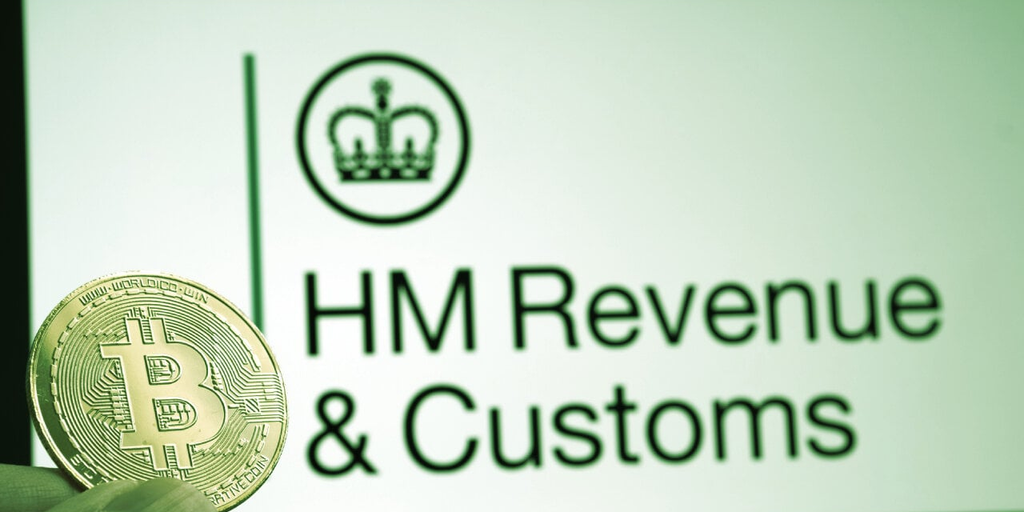The British finance ministry’s plans to update crypto tax rules should clear up confusion for taxpayers and give the Government more information on crypto holders, experts have said.
As part of the Spring Budget announcement on Wednesday, the Treasury said it was amending the rules surrounding cryptoassets on the Self Assessment (SA) system, which UK taxpayers can use to file their own tax returns. The change requires any amounts related to crypto to be identified separately.
Crypto is already subject to taxes in the UK. Usually, this takes the form of Capital Gains Tax (CGT) on any profits made from selling tokens, while profits from crypto mining and staking are treated as income. This would be reported alongside the profits made on selling other assets, such as property and shares, through the SA form, which is sent to the UK tax department, His Majesty’s Revenue and Customs (HMRC).
By separating out crypto in the way Self Assessment users report their taxes, the Government said it hopes to raise an additional £10 million ($12.1 million) a year, once the rules have been introduced for the 2024-2025 tax year.
Mike Hodges, partner at the accountancy firm Saffery Champness, said the move could help remind taxpayers that “they need to be considering the tax position of their crypto holdings—if they aren’t already—and help to avoid unnecessary taxpayer confusion.”
Hodges also pointed out that the move coincides with the lowering of the threshold at which taxpayers have to pay CGT to £3,000 from £12,300 in the 2024-25 tax year.
“This move may partly be in anticipation of more taxpayers being required to complete the capital gains pages in respect of their crypto gains—whereas previously their gains may have been covered by the more generous £12,300 exemption enjoyed until 2022-23,” he said.
Eyes on crypto holders
Dion Seymour, who formerly worked on cryptoasset policy at HMRC and is now crypto and digital assets technical director at tax advisory firm Andersen LLP, said the change would give HMRC greater insight on who is holding and selling crypto.
“The changes to the SA form for gains from cryptoassets to be declared separately will provide HMRC with greater transparency on who is declaring their gains,” he said.
While the move does not create any new obligations, Seymour agreed that the policy could help remind eligible taxpayers when they need to report crypto gains.
“HMRC market research found that the majority of cryptoasset owners paid their tax through PAYE [Pay As You Earn—taxes taken from income payments to employees], meaning that most cryptoasset owners had limited experience with SA returns,” he said. “This is important as it will be harder to argue a mistake for any penalties that may be applied.”
“Without a doubt, HMRC is considering how to use the information from the OECD’s “Crypto Asset Reporting Framework,” Seymour said, referring to the G20-mandated standards for reporting of crypto taxes.
He added that HMRC is using its “limited resources” to identify the riskiest cases. “The addition of the separate identification of cryptoasset gains will make it easier for them to target customers—and this will make it harder to hide in the data,” he said.
Stay on top of crypto news, get daily updates in your inbox.
Source: https://decrypt.co/123874/what-the-uks-new-crypto-tax-rules-mean-for-holders


